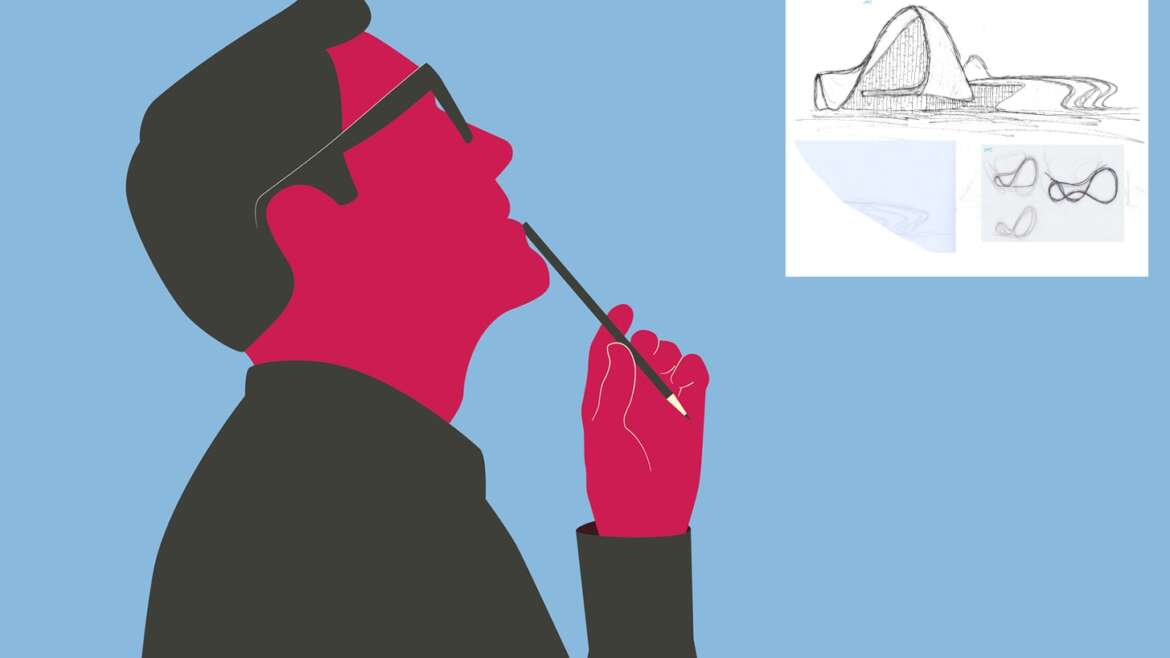This is an extremely pertinent question to ask. As said earlier, we live amongst the built environment and go about our daily life without really giving it much thought. So, unless we are told to look at a certain structure, we walk past it ignoring it completely. We may notice how beautiful or ugly it looks. But beyond that not much dialogue takes place around the built form. The built environment is possibly one of the most important things in our lives after food and clothing. And yet not much dialogue happens around it. It is allowed much space, neither in our living room chats and nor in the mainstream media. And whatever discussion happens is more often than not, confined to the design media. You will rarely find a well-written piece describing a structure in the daily newspapers or the news channels. In fact, you will rarely find any mention of a structure unless there is a sensational or controversial story unfolding around it.
You, as students of architectural journalism, should reflect on the step-motherly treatment given to architectural writing by the mainstream media. You are the ones who can bring this topic back into the discussion and give it its due importance.
You will get to learn in the ideamoocs on History, Sociology, and Environment Science how the structures around us impact our lives socially, environmentally and psychologically. We are not even going into the realm of economic impact. We are talking about our day to day life where we merrily drive or stroll past the international airport or the Kohinoor Square in Mumbai without thinking about the social, cultural and environmental bearing that they have on our lives. People do flock to see Mannat, again a famous building in Mumbai, not to appreciate its architecture, but because it is the residence of a popular film star.
Architecture needs to be conveyed to its users as well as to the people in its vicinity. The built environment is one of the most important tangible things that exist around us. And we need to take cognisance of its existence and its impact.
– Yasmin Dandekar
(The author is an Asst. Professor at Vidyavardhan’s IDEA and holds a Masters in English Literature, Sociology and a Post Graduate Diploma in Mass Communications)



